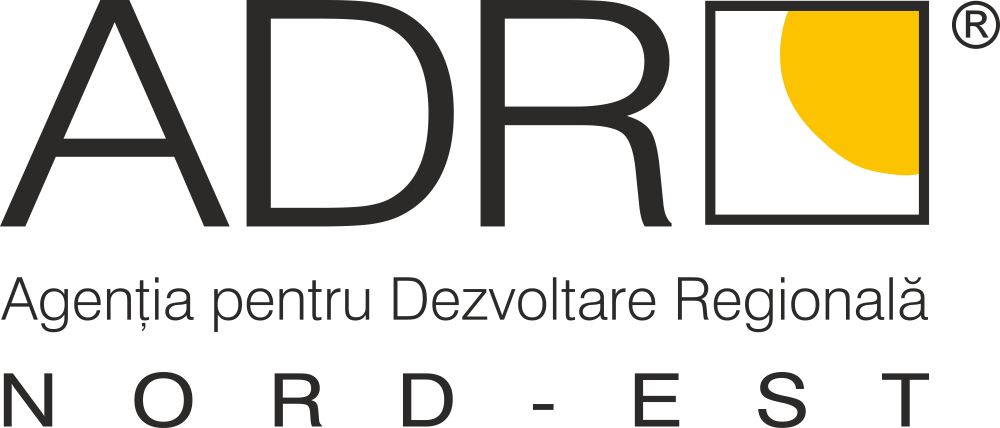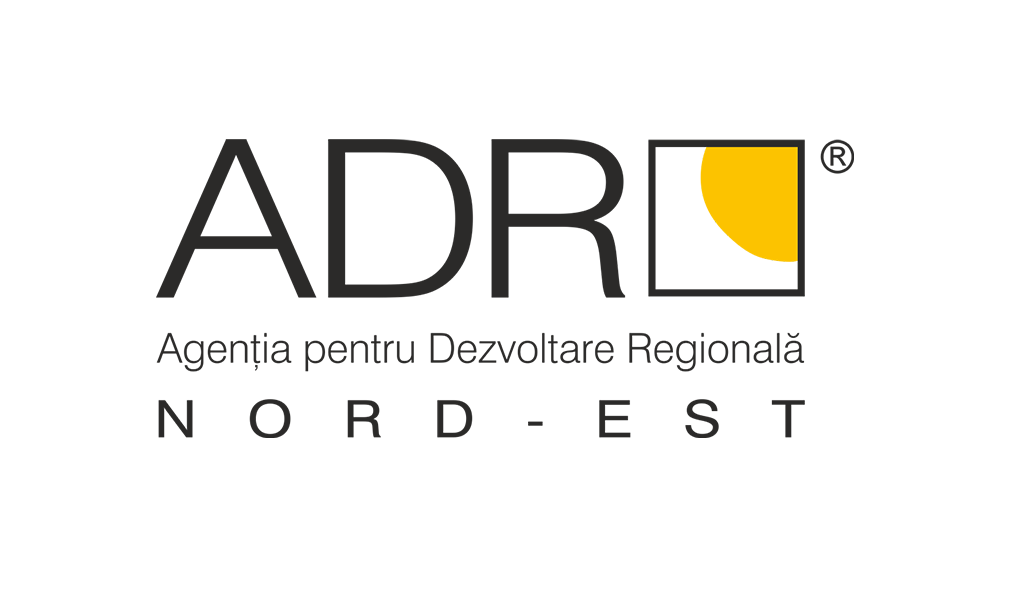BACAU
The Bacau County is located in the eastern half of the country in the middle basin of Siret and Trotus. His location has contributed to the development of the area benefiting of the advantages given by the European road that crosses the county. Cities like Targu Ocna and Trotus have been developed due to the natural resources (mountains of salt). The touristic resort Slanic Moldova obtained an international fame thanks to the healing waters rich in salt. The County residence Bacau, was the headquarter of a catholic episcopate, status obtained through a patent from Pope Bonifacius the 9th. In Bacau, there is concentrated a wide ranges of enterprises from the industrial sector, business infrastructure, banking services, as well as public and private institutes.
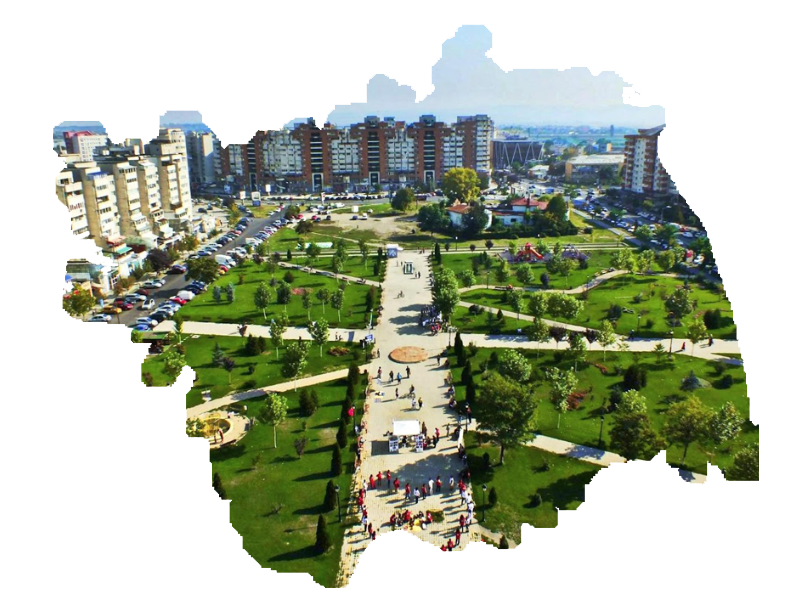
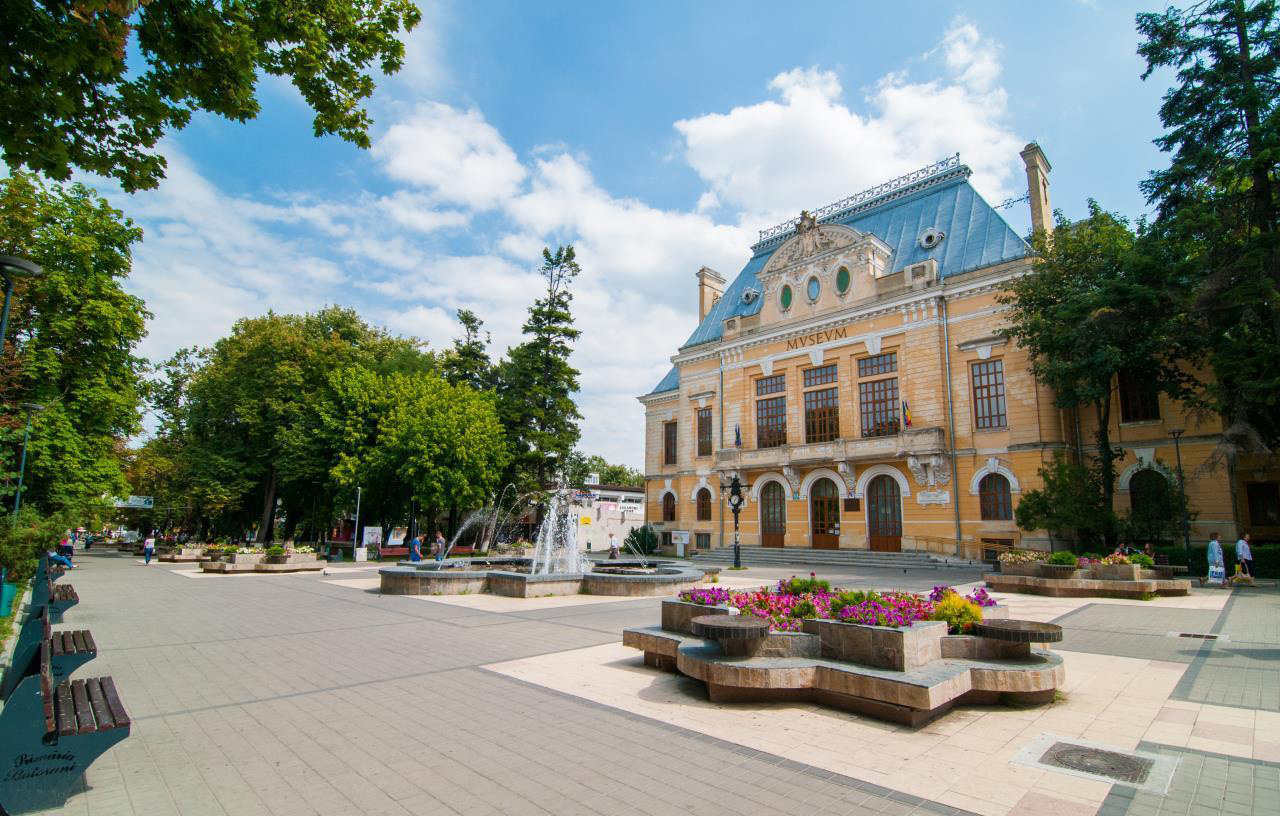
BOTOSANI
The Botosani County is located in the northeast extremity of Romania, between the superior watercourses of the rivers Siret at the West and Prut at the East. The County residence Botosani has appeared at a favourable commercial crossroad, which assured its early prosperity. It is especially recognized for giving to Romanian culture some of its greatest geniuses: Mihai Eminescu, George Enescu and Nicolae Iorga.
IASI
The Iasi County is located in the central-eastern part of Moldavia, in the middle basins of the Prut and Siret rivers. County residence Iasi, denominated also the historical capital of Moldavia, is the largest city from the region (315.649 inhabitants – 2009), being an important university centre with its seven higher education institutions. Iasi is also the location of an important research-development core for the industrial sector, represented by most of its branches. In Iasi there is the greatest Orthodox religious establishment from Romania – the Metropolitan Cathedral (1840-1880). On the occasion of celebrating 2000 years of Christianity, the city Iasi had been designated as being one of the five European cities dedicated to the international pilgrimage.
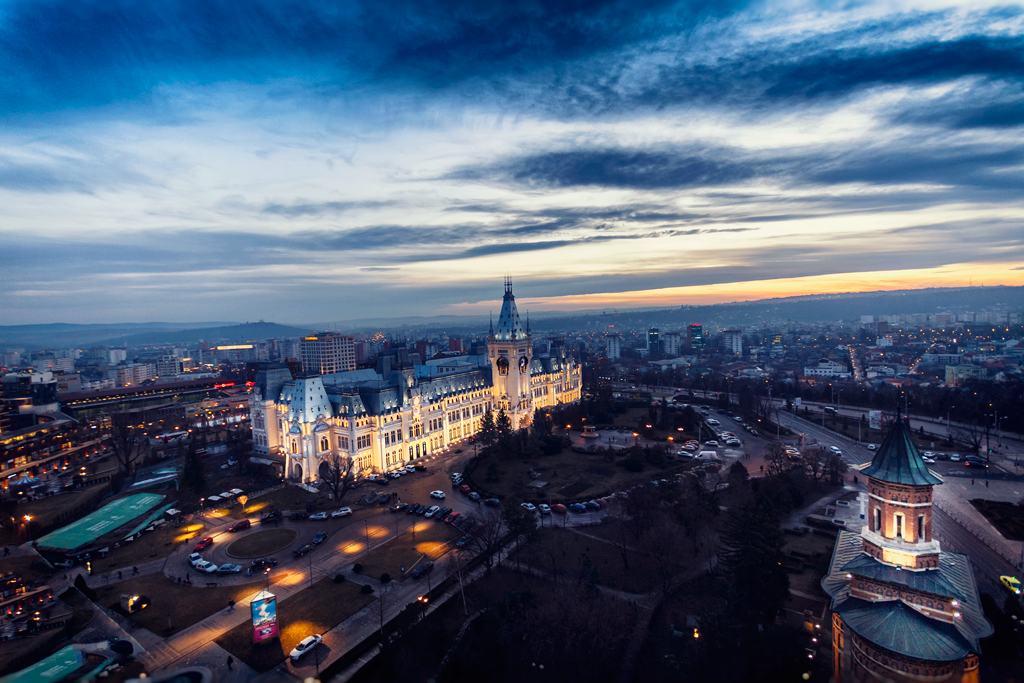
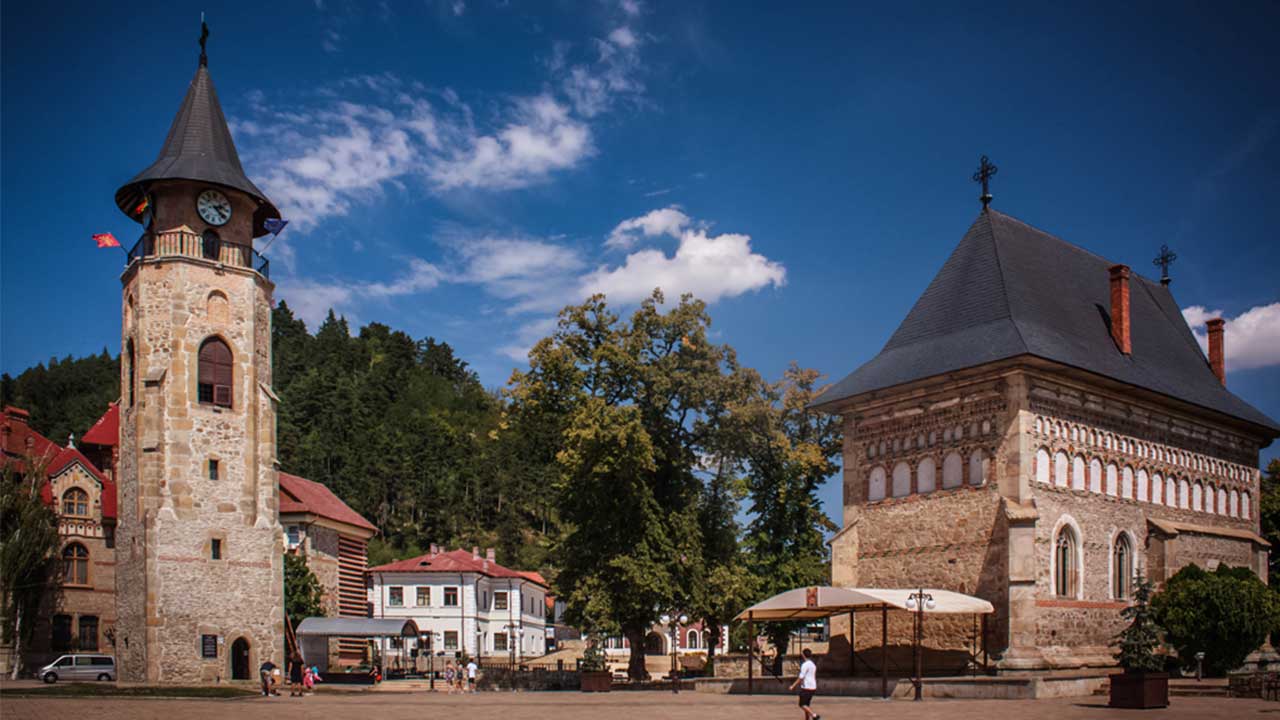
NEAMT
The Neamt County is located in the central-northern part of Moldavia, in the basins of the rivers Bistrita, Siret and Moldova. The County Residence Piatra-Neamt, historically attested in 1392 under the name of Craciun’s Stone, situated near the Massif Ceahlau – this true „Moldavia’s Olympus”, can be considered not only a touristic crossroad but also an important touristic objective, possessing historical and architectural monuments and, not least, industrial potential.
SUCEAVA
The Suceava County is located in the north part of Moldavia, in the superior basins of the rivers Siret and Bistrita. The churches with exterior painting are enjoying of a worldwide celebrity. They were included on the UNESCO World Heritage List, alongside Putna and Probota. The County Residence Suceava was advantaged from the fact that here has been functioning the main customhouse of the country, having also the role of storehouse. Due to this fact, the city had the advantage to be the mediator of the oriental products commerce both with Poland and Hungary.
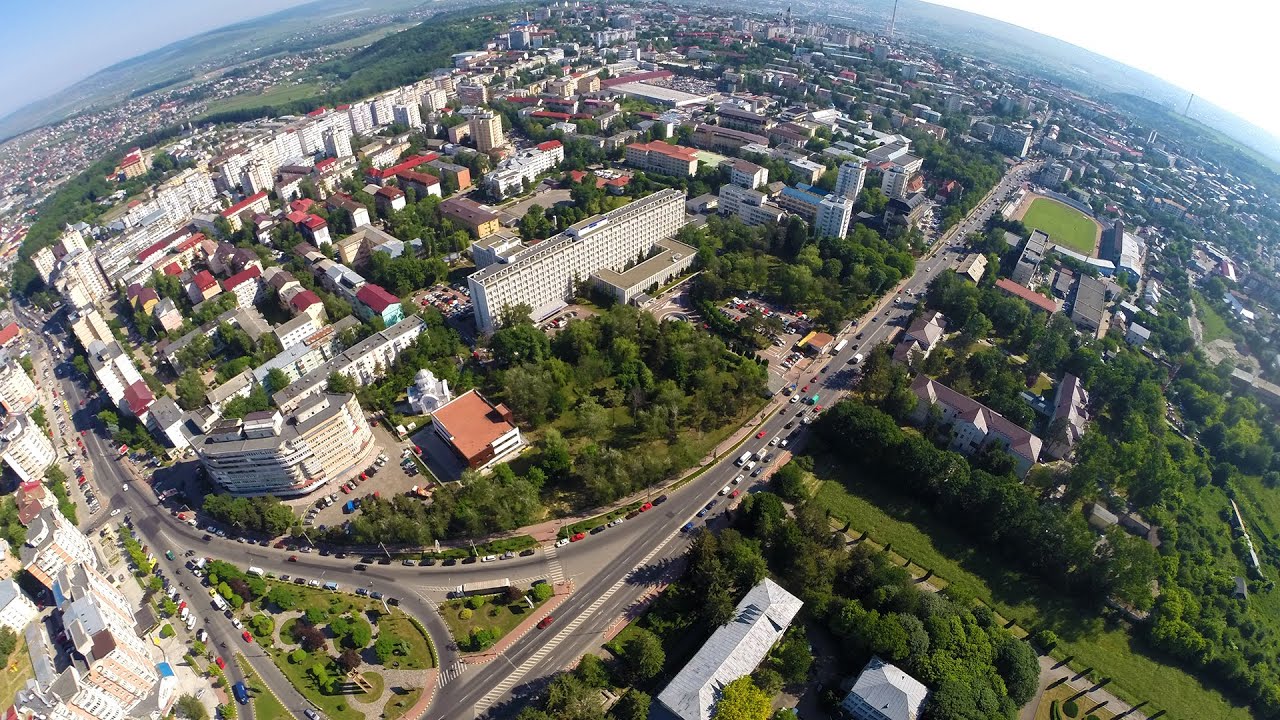
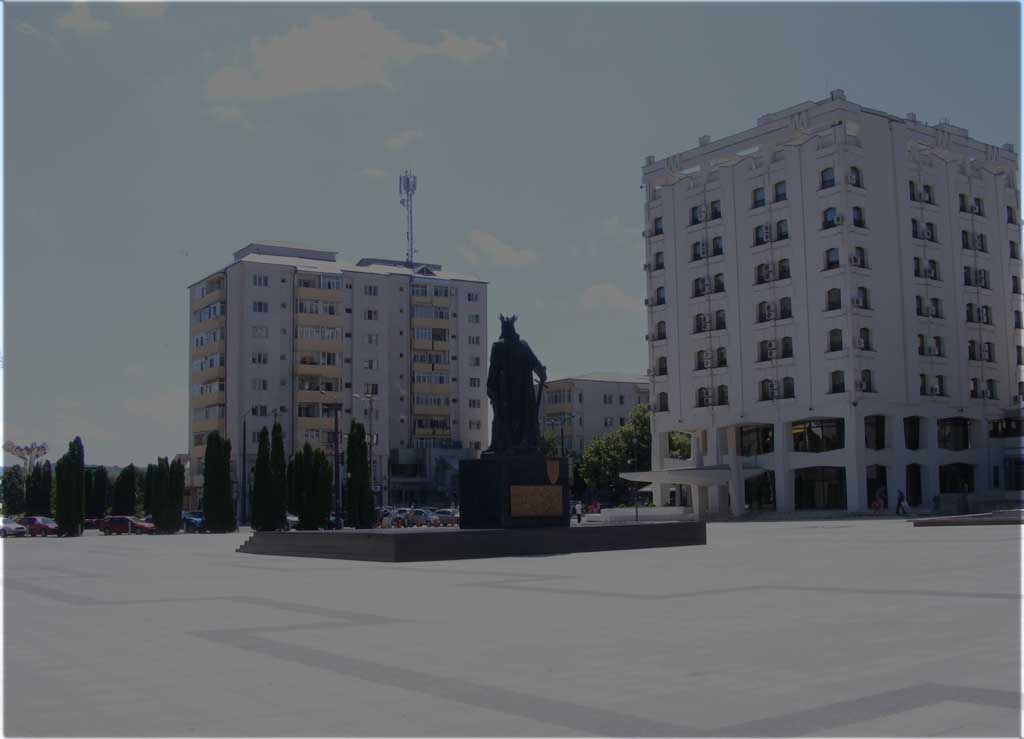
VASLUI
The Vaslui County is located in the eastern part of Romania, on the middle course of the Barlad River. The County Residence Vaslui, so rich in history, is less represented by monuments. Those who existed resisted to the time hostilities only due to the rehabilitations. The natural rich, which brought fame to these places, is represented by the vineyards (the remarkable wines of Husi). Also, through a wine refinement system, long time experimented, there are obtained very good cognacs.

 PUBLIC INTEREST
PUBLIC INTEREST